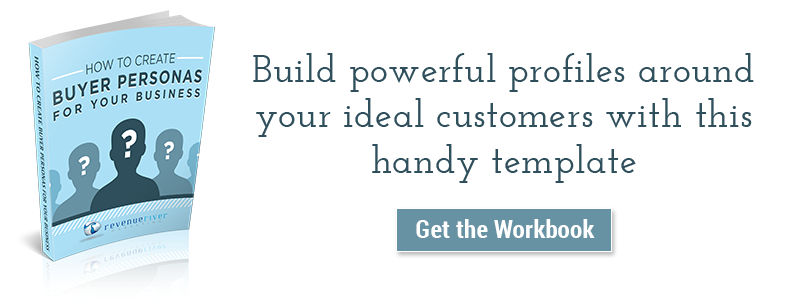Creative Ways to Capture the Attention of Leads in Each Step of the Buyer's Journey


Digital transformation is the new reality for companies competing in today’s business landscape, and in order to keep up, marketers have been forced to shift their focus from traditional forms of lead generation to develop more customer-centric marketing strategies. Although social media, search engine optimization (SEO), and email marketing all fall under the digital marketing umbrella, content marketing is at the core of all digital marketing efforts. With that said, as more and more organizations begin to adopt content marketing into their culture, it will become increasingly important for businesses to seek out creative ways to have their content connect with their target audience.
In most cases, content marketing can be broken down into a three-stage strategy that is applied to the various stages of the sales funnel; top of the funnel, middle of the funnel, bottom of the funnel. Although the content in each stage will look different depending on an organization’s industry, product, and audience type, the concept remains the same; to provide consumers with educational and engaging content that reflects where they are in the buyer’s journey.
- Top of the funnel
The ‘awareness’ stage in the buyer’s journey is typically where consumers are looking for answers, resources, research data, opinions, and insight. At this point, leads are of little value because there is no guarantee that they will purchase an organization’s products or services. So, rather than crafting content that showcases product-specific features or helps to determine which service provider to work with, organizations should focus on creating content that centers on consumer-education and works to provide genuine insight into the challenges they are solving for.
However, creating engaging, awareness-style content does not necessarily mean structuring content in the form of blog posts and how-to eBooks. Especially at a time when market saturation is becoming a more prominent challenge, marketing organizations must consider alternative awareness-stage content offers, such as interactive tools, video, checklists, or branded infographics.
- Key Takeaways:
- Provide awareness-stage leags with high-level, educational content.
- Don't be cookie-cutter. Use creative content formatting options to compel leads to engage with your content.
- Middle of the funnel
When a lead moves from the top of the funnel to the middle of the funnel, it often means that an awareness-style piece of content has captured their attention, and compelled them to move into the ‘consideration’ stage of the buyer’s journey. At this point, a lead is aware that they have a problem that needs to be solved, and is actively searching for the best solution to employ. While the top of the funnel is designed to education consumers, the consideration stage is used to showcase why an organization’s specific product or service is the best fit to solve for a given challenge.
Although whitepapers and educational guides have proven successful in providing leads with the education and insight they need to identify and select the solution that best aligns with the problem they are solving for, they can often get lost in the shuffle. In an effort to further nurture leads and, hopefully, move them into the bottom of the sales funnel, marketing teams need create content resources that are unique and differentiated from their competition. Consideration-style content in the form of a webinars, podcast, or product literature is a great way to deliver information in a way that is memorable, persuasive, and impactful.
- Key Takeaways:
- Highlight why your organization's product or service is the right solution to solve for a lead's specific challenges.
- Deliver product-specific content in easily digestible formats to prevent middle of the funnel leads from getting overwhelmed.
- Bottom of the funnel
Once a lead has reached the promise land (also known as the bottom of the funnel), they’ve determined the best solution to solve for their challenge and are ready to buy. Now, this does not mean an organization is guaranteed to earn their business, but it does mean that a compelling call-to-action can give them what they need to make a purchase decision.
It’s important for marketers that are crafting decision-style content to focus on demonstrating why their organization is the right service provider to engage with. More times than not, leads in this stage of the buyer’s journey are looking to see a proven track record of success, so content offers such as case studies, client testimonials, software demos, or free trials can provide leads with the information and data-driven results that they need to be confident in making a purchase decision.
- Key Takeaways:
- Leverage result-driven content to demonstrate a proven track record of success.
- Include compelling calls-to-action to encourage leads to convert into customers
Every business has a unique sales funnel that is designed around their buyer’s specific journey. Although it is not something that can be replicated across all industries and companies, the general approach remains the same; to develop a differentiated and creative content marketing strategy that works to nurture a lead through the sales funnel and, ultimately, convert them into a customer.
Learn how an inbound marketing strategy can help your marketing organization create more compelling content and increase customer conversion rates.
